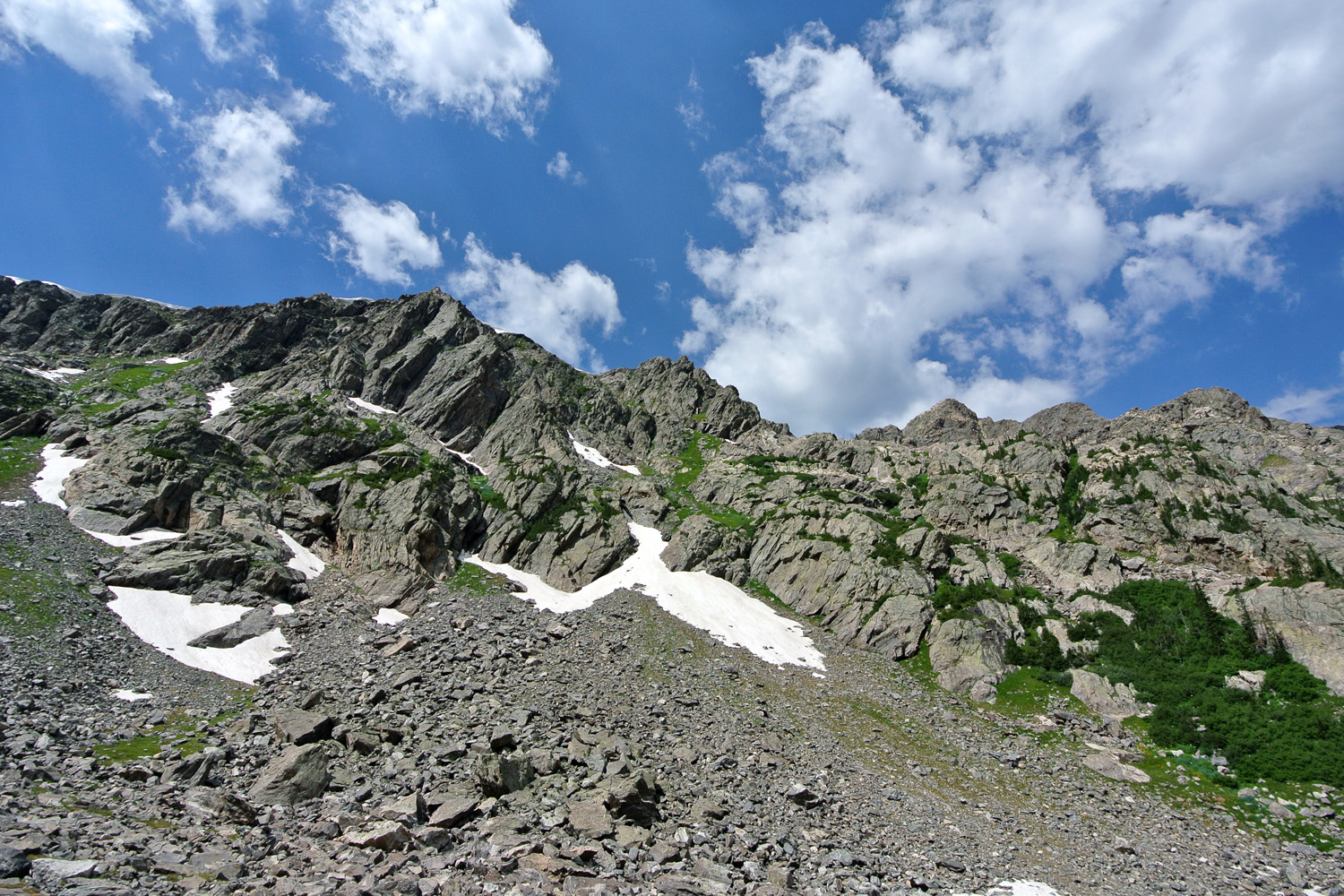GIS has become an invaluable tool for natural resource investigations and is an important component of all our studies. We utilize GIS to quantify and map ecological resources; track populations of rare plants, noxious weeds, and wildlife; and for environmental impact analysis. In addition, our team has the expertise to perform advanced geospatial analyses including watershed assessments, floodplain inundation mapping, 3D animations, and viewshed analysis.





